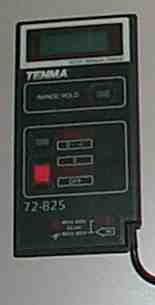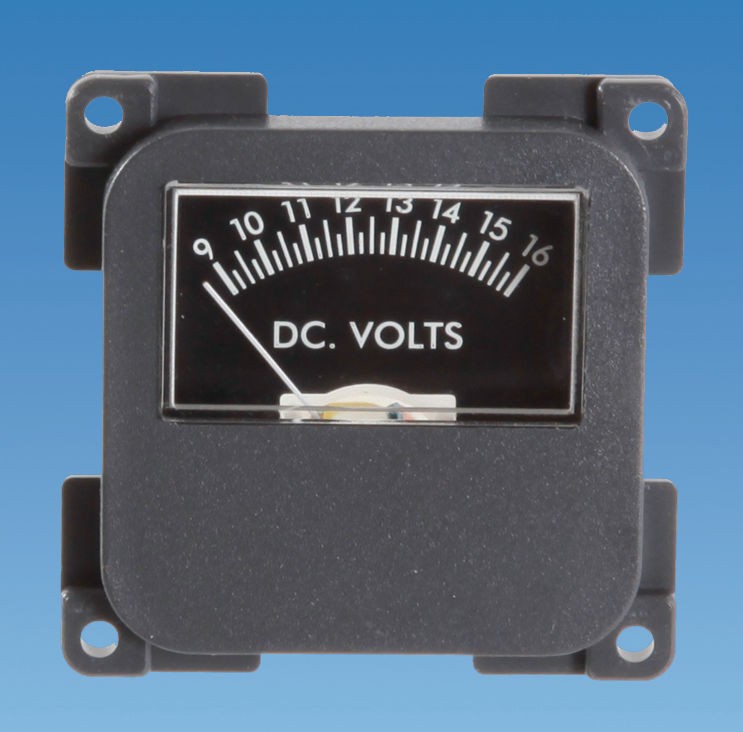

Int sensorValue = analogRead(A0) //read the A0 pin valueįloat voltage = sensorValue * (5.00 / 1023.00) * 2 //convert the value to a true voltage. Lcd.setBacklightPin(BACKLIGHT_PIN,POSITIVE)

LiquidCrystal_I2C lcd(I2C_ADDR,En_pin,Rw_pin,Rs_pin,D4_pin,D5_pin,D6_pin,D7_pin) #define I2C_ADDR 0x27 //Add your address here. The middle (connection between two resistors) goes to Arduino A0 The other goes to Battery + and also to Arduino Vin One end goes to Battery - and also to Arduino GND with Voltage Divider (2x 10K resistor) In this instructable, I am not explaining about "how to get your LCD display works", but I will leave some links here (which I use) to get your LCD works through I2C connection: But I will never try it on purpose and risking my Arduino to get burnt :P I guess it will be okay, Arduino designers must have think of this possibility and prevent this power conflict. I am not sure what will happen if you have power from usb and also from Vin at the same time. Uploading this will show you nothing before you connect all the parts needed for this project, but sooner or later you will still need to upload this sketch. Well, I would like to upload this sketch to Arduino first before connecting it to a battery for testing.

You can correct me if I am wrong and any better explanation to this is most welcome on the comment section. I am not that good in calculating such thing but that is what I summarize from sources I read. 1K to 20K resistors can be used, but the larger the resistance the lower the power consumed by the Voltage Divider. To divide the voltage to half, we need two resistor with the same value. It is simply made up of two resistors in series. Since Arduino pins support only 5 volts maximum, then we need a Voltage Divider. I would rather had noticed this battery condition on the last run but I am too lazy to check it with multimeter.Īrduino Uno needs 5 volts power to run, then we need at least 7.4 volts to 9 volts battery. Then they are disappointed and need to wait for charging time. Sometimes when my kids are about to run it, it moves very slow, low battery. Tech Specs Operating Voltage 6-69 VDC Standby Current (on) 4.0-6.0mA Standby Current (sleep) 0.005m Compatible Battery Chemistries Lithium, Lead Acid, and Lithium Iron Phosphate Voltage Accuracy ± 3-5% Temperature Range 14 to 140☏ (-10 to 60 ☌) Dimensions (W x H x D) 2.25 x 1.2 x 0.5 in (57 x 30 x 12.When we are using a battery powered Arduino such as RC robots or Temperature Controller, we might want to check the battery voltage if it needs to be charged or replaced. Custom Mode SettingsĬhoice of four different mode setting: Constant On, Momentary On, On/Off, and Standby. All 3 display settings will also have the battery capacity gauge. Three user selectable display settings: Voltage only, Percentage only, and Voltage and Percentage. The meter is also able to measure various Lithium and LFP batteries ranging from 2 cell all the way up to 19 cell battery configurations. Ranging from 6-69VDC, the BVM-100 can be used in multiple applications ranging from 12V-60V systems. Most battery capacity meters are only intended to be used with Lead Acid batteries and do not accurately measure Lithium and LFP chemistries. The BVM-100 accurately measures Lead Acid, Lithium, and Lithium Iron Phosphate battery chemistries.

With multiple function and display settings the user can choose from several different options to program the meter to their needs. The meter displays a graphic battery capacity gauge and can also display battery voltage and percentage of remaining battery capacity.
BATTERY STATUS METER PORTABLE
The BVM-100 is ideal for both mobile and portable applications including battery boxes and auxiliary batteries.


 0 kommentar(er)
0 kommentar(er)
